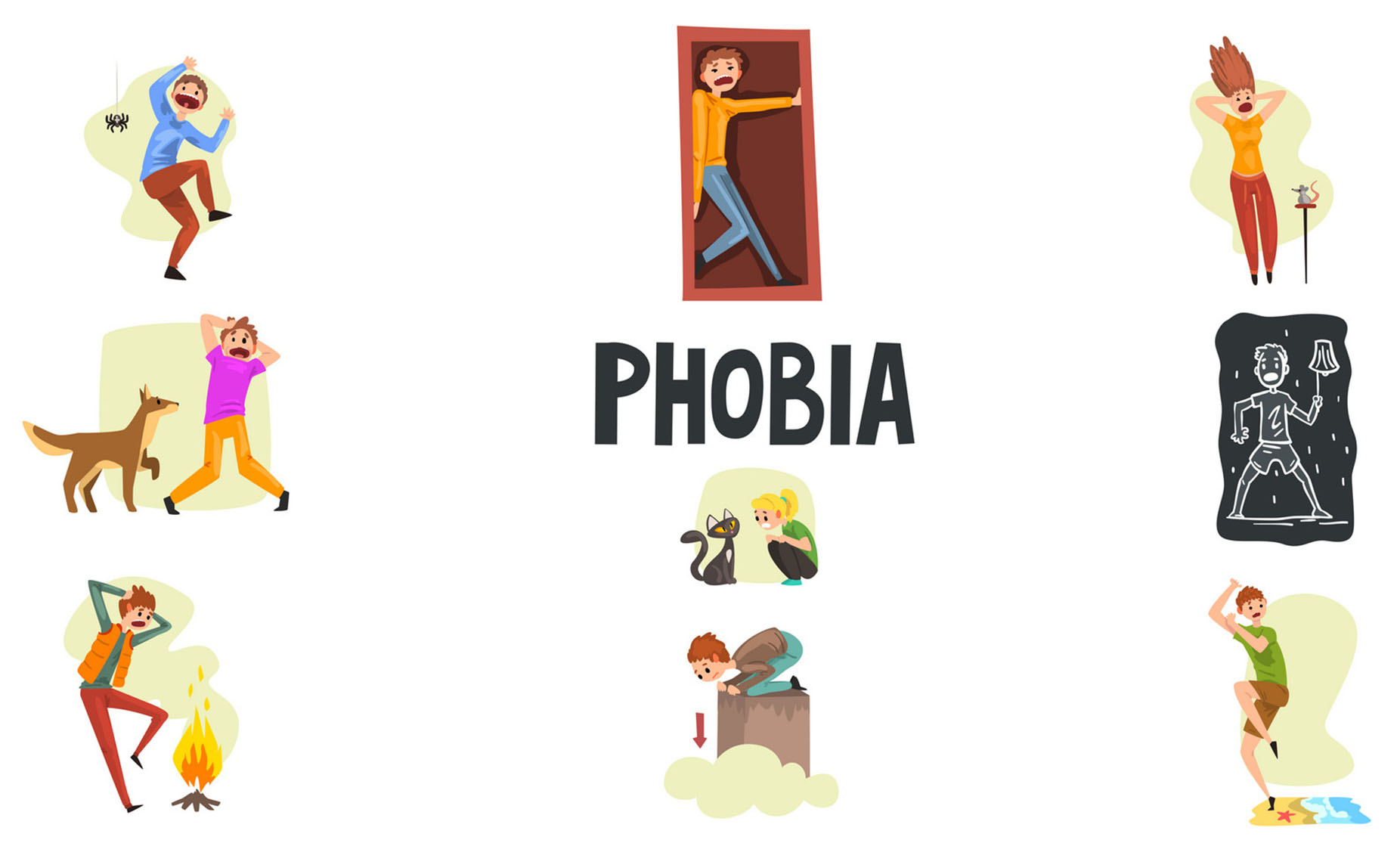-
The concept of learning theories in understanding the dynamics of phobias can be classically exemplified from John Locke’s (1690) Essay Concerning Human Understanding:
“If your child shrieks and runs away at the sight of a frog, let him catch it and lay it down at a good distance from him; at first accustom him to look upon it; when he can do that, to come nearer to it and see it leap without emotion; then to touch it lightly, when it is held fast in another’s hand; and so on until he can come to handle it as confidently as a butterfly or sparrow” (cited in Saul, 2001, p. 36).
Simply put, there are two universal mechanisms by which learning transpires. One is association or classical conditioning. Watson and Rayner (1920) presented a rat to Little Albert who showed no signs of fear. However, the infant cried in response to the loud noise made by banging a heavy hammer against a steel bar. After repeated exposure of loud noises, the infant learned to be afraid of the rat alone. The second learning mechanism is reinforcement, a principle examined by B. F. Skinner. Individuals learn to perform a particular behavior because it is followed by something that satisfies a need, or they learn to avoid a behavior that is followed by unpleasant consequences (Sigelman & Rider, 2009).
Individuals are often aware of their exaggerated fears, but are unable to control their reactions when exposed to their particular phobias. The good news is that behavioral therapy known as systematic desensitization emerges to be the most effective treatment for phobic disorders. Individuals are repeatedly exposed to the anxiety-provoking stimulus until anxiety symptoms diminish. Cognitive therapy is often useful as an addition to desensitization. This involves addressing the causes of exaggerated fears and the adoption of more logical means of thinking.
Saul, H. (2001). Phobias: Fighting the Fear. London: HarperCollins.
Sigelman, C. & Rider, E. (Eds.) (2009). Life-Span Human Development. (6th ed.)
Toronto: Thomson Wadsworth.
If you feel that your phobia is worsening, or for support, please feel free to reach out to Hanit at [email protected] for a free consultation.
- Children, Youth, Individual, Couple, Family, and Group Therapy
- Blog Learning theories sheds light on the effectiveness of Cognitive-Behavioural Therapy (CBT) in treating phobias
Learning theories sheds light on the effectiveness of Cognitive-Behavioural Therapy (CBT) in treating phobias
February 16, 2021 | HanitTherapy
Stop hurting start living
As a Cognitive Behavioural Therapy (CBT) therapist, Hanit adheres to the main principal of the CBT modality.
“We become what we think.” - Hanit.
- © 2024 Hanit TherapyHosted with SiteVirtue.com
© 2022 Hanit Therapy
